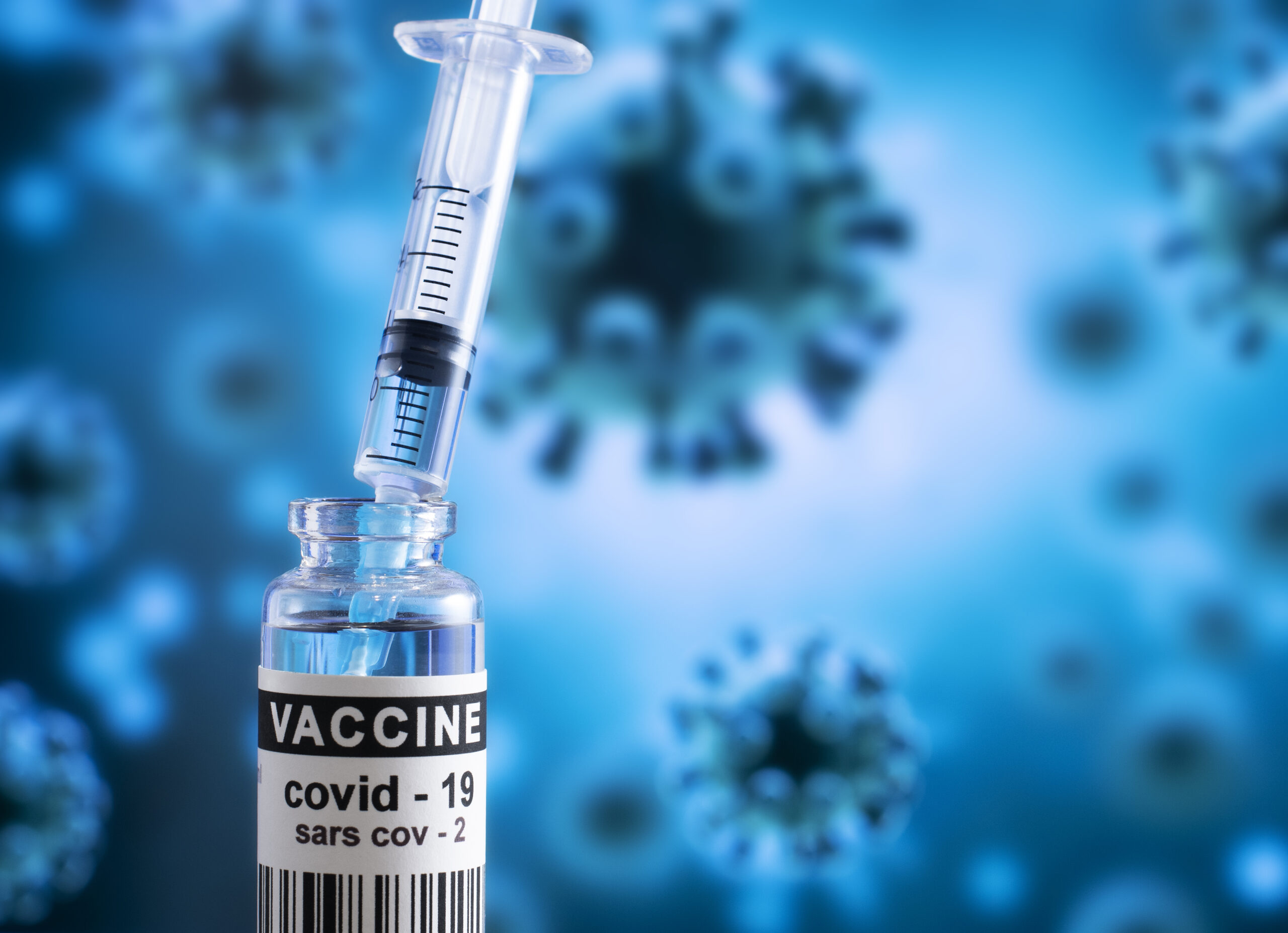
On Jan. 15, then President-Elect Joe Biden unveiled his aim at a national Covid-19 defense strategy. His pitch? Enlisting FEMA and the National Guard to set up thousands of vaccination centers.
Additionally, Biden announced he would also grease the gears to help make vaccinations available in all pharmacies across the country and would launch mobile vaccination clinics designed to specifically reach underserved urban and rural areas.

With the Rise of AI, What IP Disputes in Healthcare Are Likely to Emerge?
Munck Wilson Mandala Partner Greg Howison shared his perspective on some of the legal ramifications around AI, IP, connected devices and the data they generate, in response to emailed questions.
If all that sounds like a massive undertaking, that’s because it is. An inoculation on this scale, at this speed, is novel and complex. As we’ve seen from the early vaccine rollout, attempts to get shots in the arm of every American have gotten off to a scattershot start.
While 32 million people have been vaccinated (9.7% of the total population), that’s still a couple hundred million short of the necessary threshold to reach “herd immunity.” The shortfall’s encouraged private industry to assist with vaccination operations, including Seattle-based giants Microsoft, Starbucks and Amazon.
We can attribute some of the stumble out of the blocks to the previous administration’s strategy (or lack thereof), some to garden-variety bureaucratic hoop-jumping, yet still other issues stem from the government’s steadfast commitment (so far) to build the plane during takeoff.
The health and life science community have done a remarkable job of speeding a safe and effective vaccine to market in record time. Yet there are not nearly enough physicians, nurses or techs to vaccinate everyone at the scale and speed required, nor are they seasoned supply chain professionals.
That last part sounds unavoidable given the unprecedented challenge, yet what if there was ready-made infrastructure in place to mobilize for just such a medical logistics mission? An infrastructure that has figured out how to deliver the exact right medication, fork, or bullet to the exact right person anywhere in the world at a scale that is hard to fathom? There is, and it’s something Biden alluded to in his vaccination rollout: the US military.
Military as Medical Logistics
Under the department of the Army Medical Logistics Command, the joint forces can distribute medical material and manage that distribution for large-scale combat operations or natural disasters (in conjunction with FEMA). It’s already in their stated mission.
The Armed Forces are experts at supply chain, tracking, data management, storage and subject identification, scheduling administration, safety monitoring, and documentation. Those are not strong suits of the current public health apparatus, yet they’re all components of an intelligent and efficient mass inoculation strategy. And these are, precisely, the areas of improvement required. We have (on paper) figured out whom to vaccinate and in what order (thanks to public health expertise), we just need to figure out how to get the correct medication into the correct arm at the correct time at massive scale.
The current COO for the national vaccine effort is General Gustave Perna, the Army’s senior logistician. This is a brilliant stroke, yet the military’s role to date is limited only to logistics oversight and not the literal boots on the ground.
We have not had a reasonable execution strategy. Instead of assigning the execution of the distribution plan to the military medical distribution personnel, we have delegated that to a patchwork of state and local health departments that are struggling with limited resources, diverse demands, and no previous expertise or experience as a massive distribution channel.
The military’s public health arm lists both “deployment health,” “immunization” and “medical logistics” among its core competencies. There’s a real opportunity for at least some component of the 1.3 million strong (plus 900,000 in reserve) to combat this domestic threat. As we pass 500,000 dead, we’ve already eclipsed the number of Americans who died in combat in World War II, at a pace that far outstrips any armed conflict. We’re still not yet a year from the 100th US case.
Planning and execution are both equally critical to success. No amount of apt planning, especially this late in the game, will make up for execution that’s made harder than it needs to be. The solution is clear, the need is urgent, and the infrastructure is in place. Send in the troops. If it can work on the front lines of battle, it can work at the front lines of the biggest public health crisis in over 100 years.
Photo: LarisaBozhikova, Getty Images
Dr. Josh Tamayo-Sarver is Vice President of Innovation at Inflect Health as well as Vice President of Innovation at Vituity, where he oversees the discovery, development, and integration of technology in the healthcare space. In addition to being the VP of Innovation, Dr. Tamayo-Sarver works clinically in the Emergency Department in his local community. He holds a bachelor’s degree with honors in biochemistry from Harvard University, a medical degree from Case Western Reserve University, a 10x10 certificate in medical informatics from Oregon Health Sciences University, and is a graduate of the Harvard Program on Negotiation.














